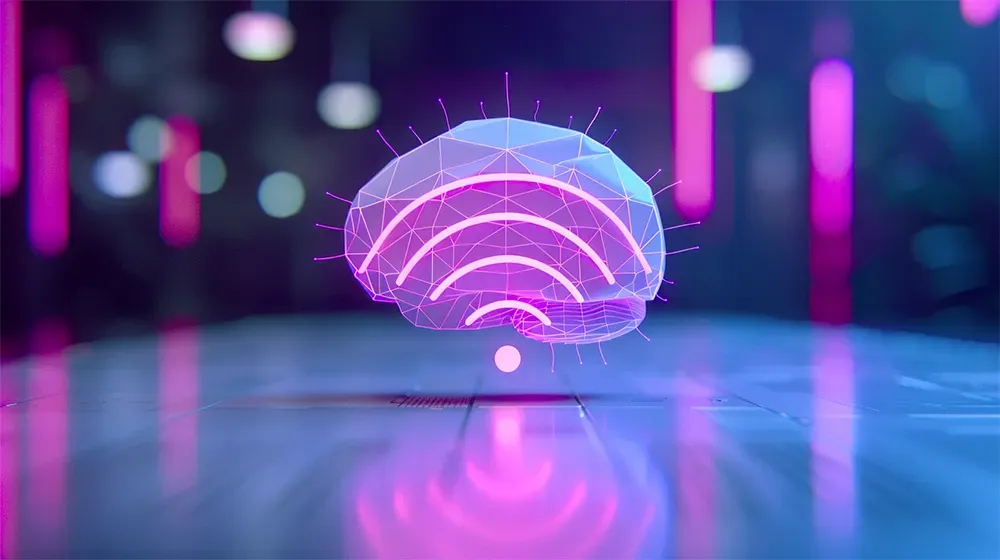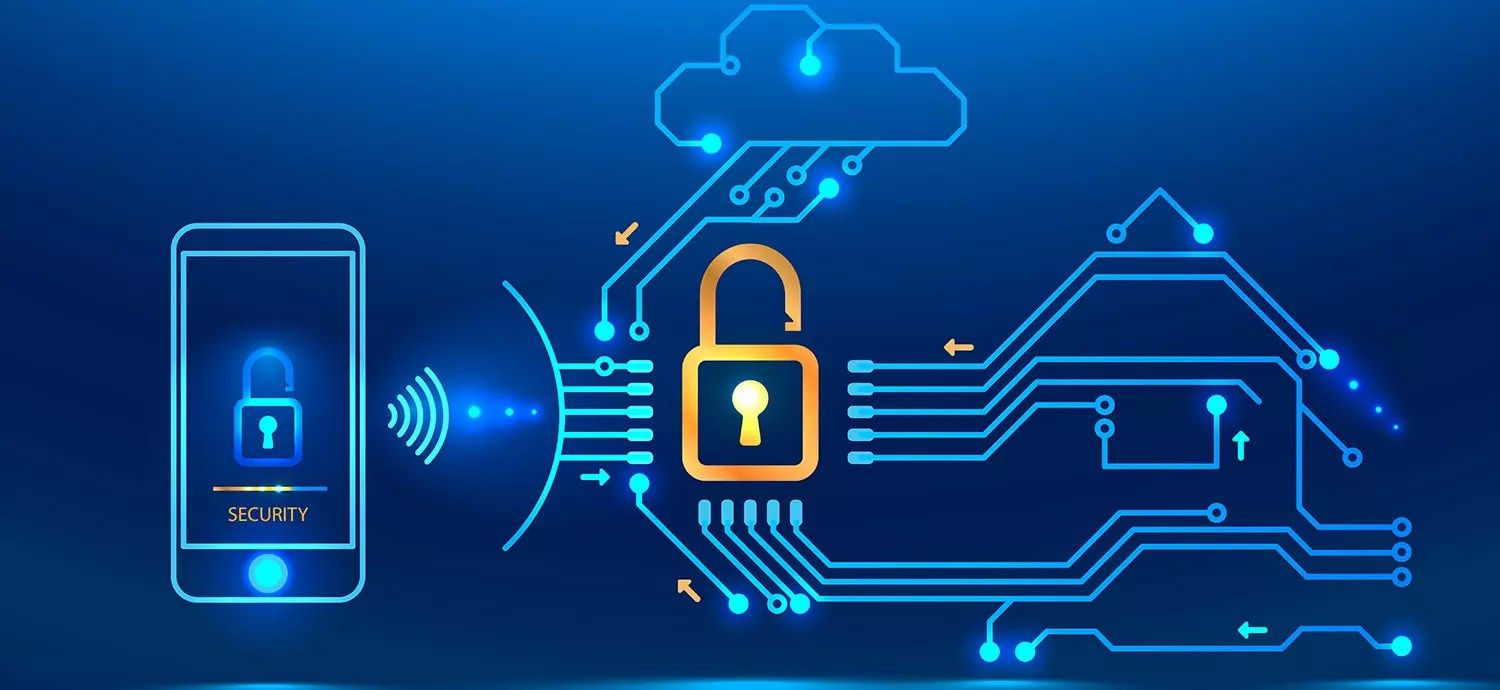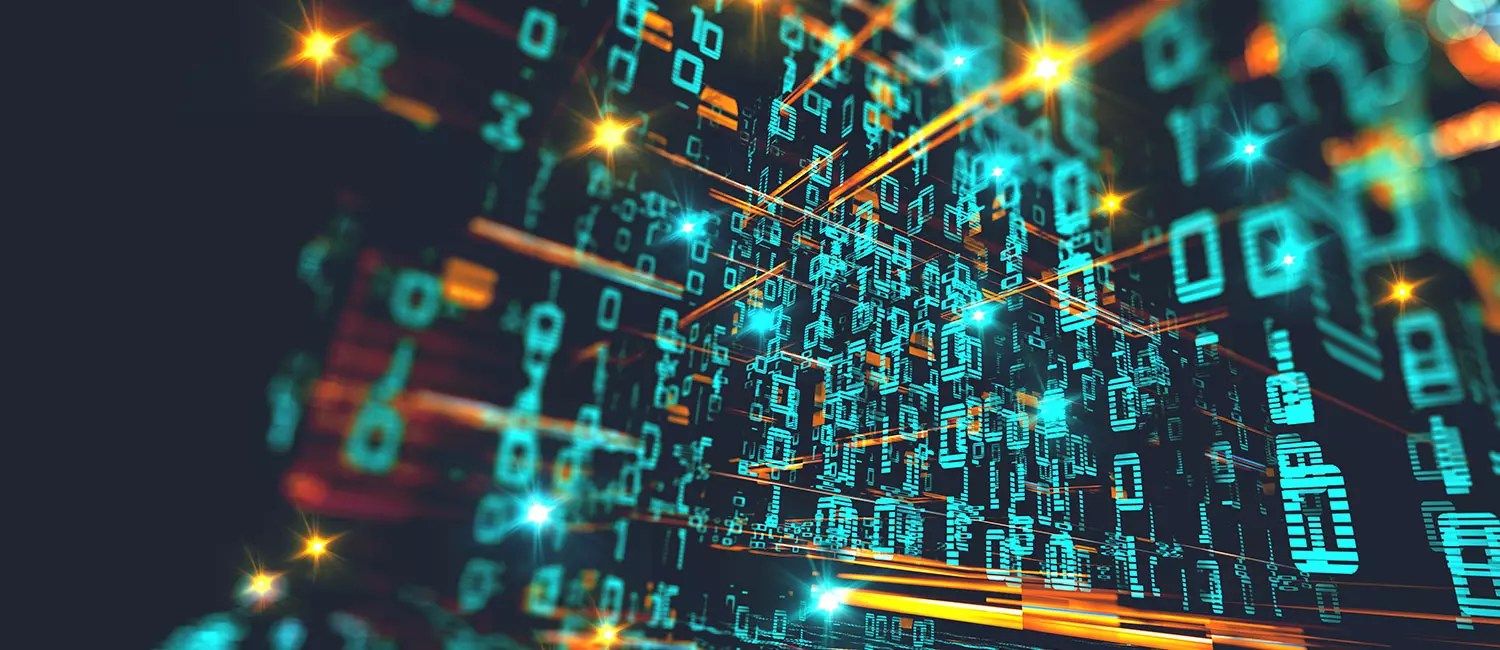Kick-Starting the 4th Industrial Revolution, One Blockchain at a Time
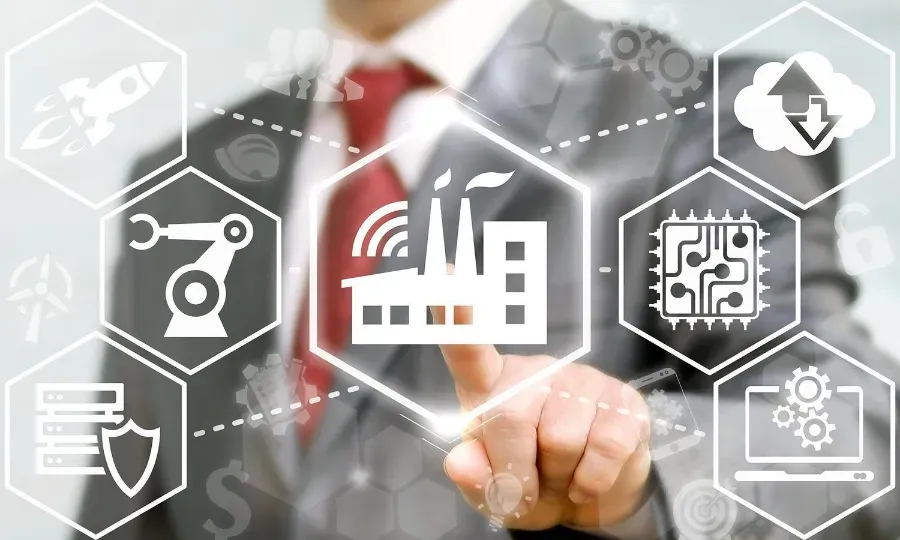
We live in a future of accelerated change and today’s world is changing faster than we have ever seen before. New technology is changing the way we live, work and collaborate. No longer is it sufficient to for organisations to sit back and stick to the status quo. Today’s new technologies require an active attitude by organizations, if they want to remain in business in the next decade.
I am talking about the 4th Industrial Revolution that is rapidly approaching and it will bring change at unlike we have ever seen before. In fact, it will change what it means to be humans. It also offers us a tremendous opportunity to create a world that is good for all, where technology is used for the good, privacy of consumers is respected and data is used to improve the lives of all humans. The 4th Industrial Revolution is all about Algorithms, Machine-Learning and Artificial Intelligence. It is about robotics, 3D printing and VR/AR, Nano technology, and many more emerging technologies. It is disruption on all levels, resulting in system-wide innovations that can change an industry in years instead of decades. The combination of such revolutionary emerging technologies will bring us realities that until recently would have been absolutely magical experiences, but have become common today.
I am not talking about Pokémon Go as a magical experience, although many fans would probably disagree with me as over 100 million people have downloaded the game by now. Although it undoubtedly generates massive amounts of data and it affects hundreds of millions of people’s lives, it is not the unbelievable experience I am talking about.
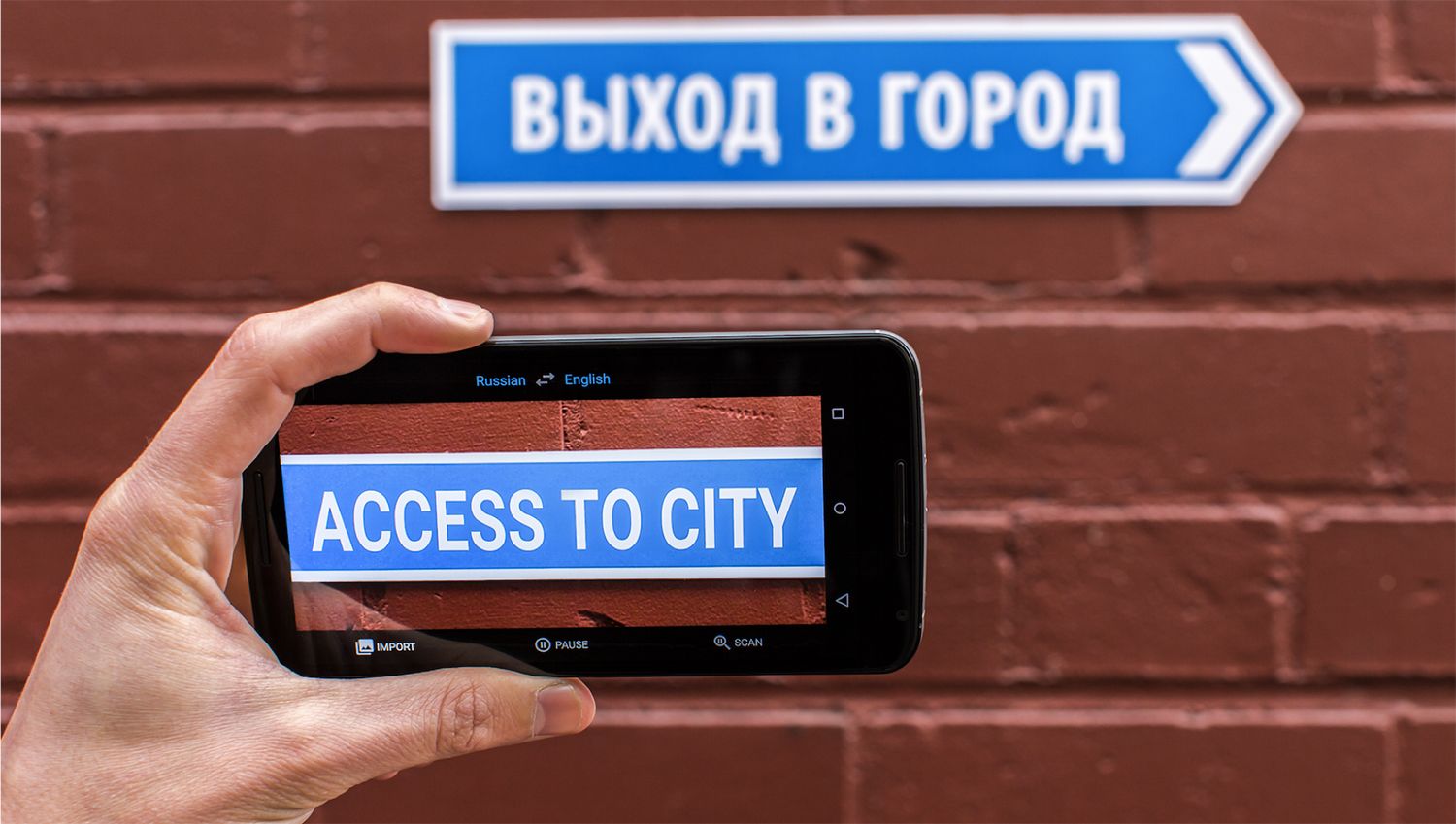
Instant Translation
Image: Skift
The kind of magical experiences I am talking about is for example instant translation. Either by just pointing your phone towards an image, which replaces the original text with translated text using Augmented Reality or real-live translation, where one person can talk one language and another person can talk another language and they can instantly communicate with each other because of real-time translation using an earpiece.
Reducing Phantom Pain
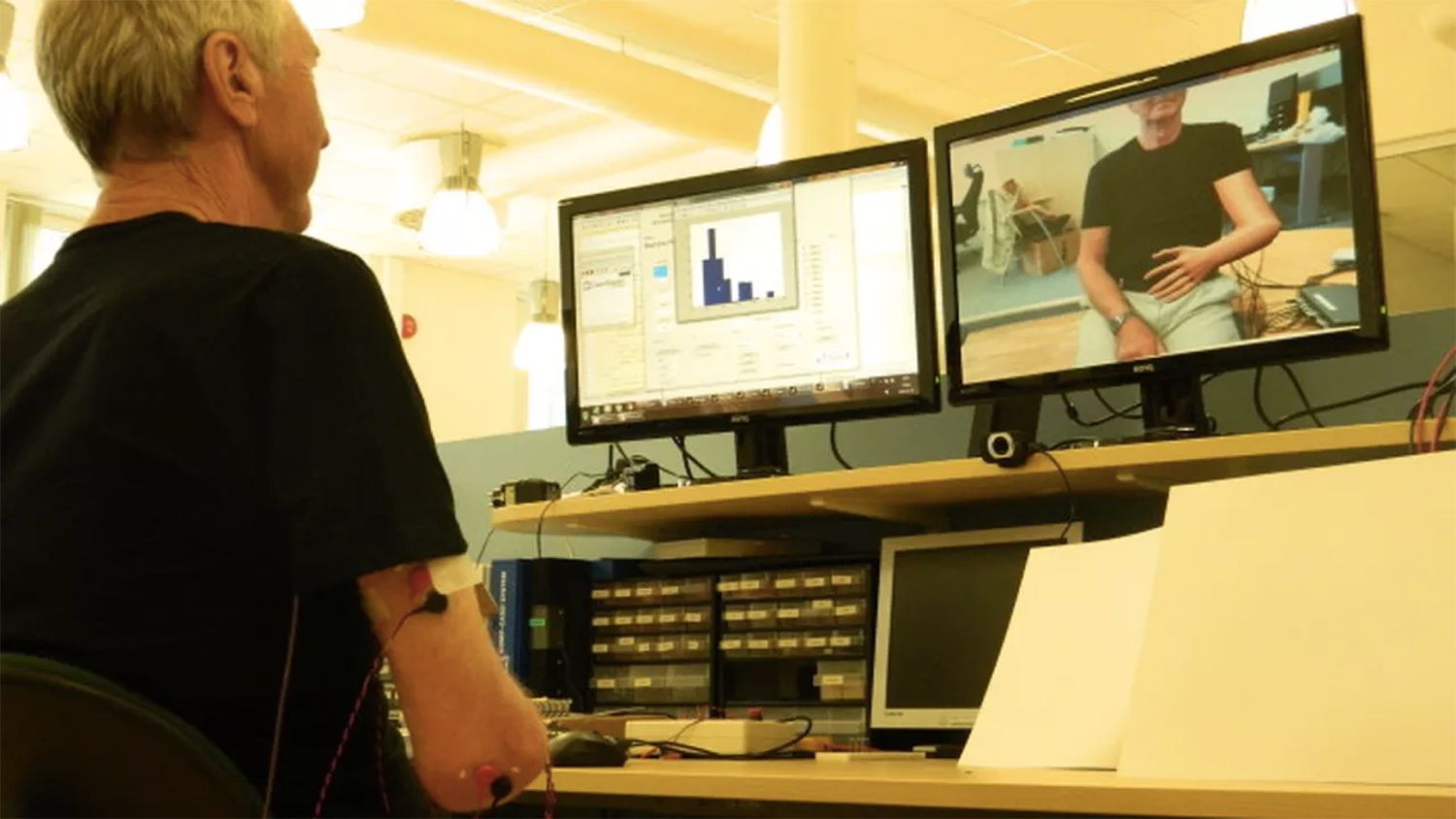
Image: Polygon
Or what about using data to help people suffer less? What about giving disabled people that have lost a limb the opportunity to reduce phantom pain using Virtual Reality? Today it is possible to trick the brain using Virtual Reality. When a person is experiencing phantom pains, the brain actually thinks that the arm or leg is still there and as such the phantom pain stops. Electrons are added to someone’s limb and a person can control his/her virtual arm using the brain and as such trick the brain that the arm is still there, thereby reducing the amount of phantom pain the person experiences
The Robobee
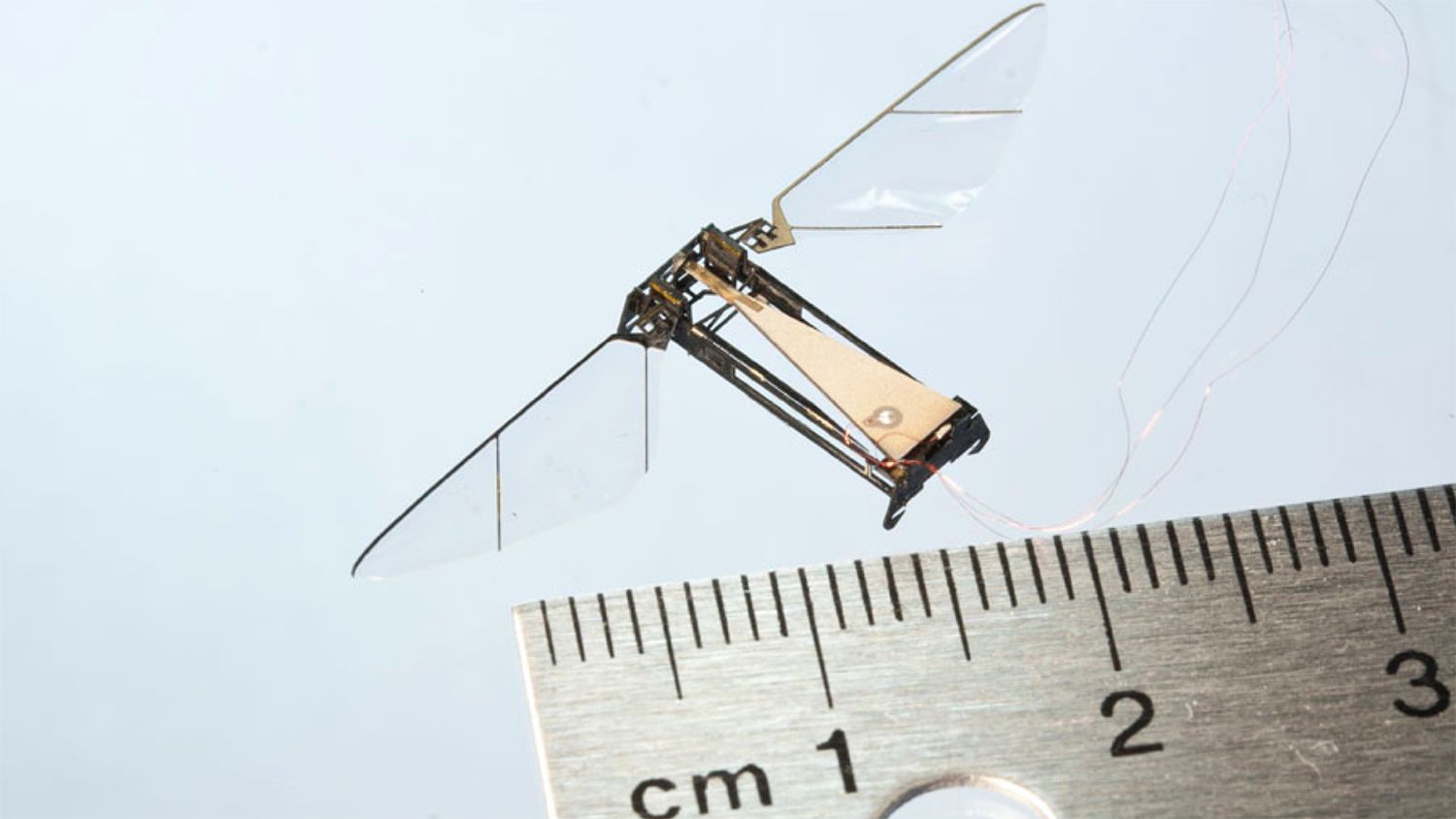
Image: Harvard
Then there is the RoboBee, which is a tiny robot capable of tethered flight, developed by a research robotics team at Harvard University. It took 12 years to develop this tiny robot, and the Robobee has artificial muscles capable of beating the wings 120 times per second. The objective of this research project is to create a fully autonomous swarm of mini flying robots for applications such as search and rescue during disasters or even artificial pollination. In order to achieve this swarm, the developers need to find a way to include a power supply and decision-making capabilities in this tiny robot, which currently runs through a small cable, but swarms of robobees sure is something we could not have imagined some time ago.
Internet of Things and Blockchain
Finally, the Internet of Things. We all have heard of the Internet of Things. Intelligent devices, full of sensors, that are connected to the internet and create massive amounts of data. The estimates differ, but they range from 50 billion connected devices in 2020 to 100 trillion connected sensors in 2030. When you have billions of billions devices connected to the internet, it is a paradigm shift.
Recently the Internet of Things became a whole lot more interesting because of a new technology: the Blockchain. The Blockchain is a revolutionary technology. Marc Andreessen from the well-known VC firm Andreessen Horowitz calls it as big an invention as the internet. With the Blockchain, connected devices suddenly can be used in completely new ways, thanks to the usage of smart contracts.
Smart contracts are like If This Then That Statements, small software packages that execute a certain task and when on the Blockchain cannot be tampered with. The company Slock.it, for example, has developed an intelligent lock that is connected to the internet and uses the Blockchain. If someone has paid a bond and the rent for a few days, the lock will open automatically to the person renting the house. If the days are over, it will automatically close again. No need for someone to be there, the money is received before the lock opens and the user receives his or her bond back upon departure, automatically. Now change your house for your office, boat, bicycle, car or whatever and the possibilities become tremendous.
The Blockchain is a revolutionary technology. It is the technology behind Bitcoin. In fact, Bitcoin can be seen as the first application of the Blockchain and while most of you might link it to the financial services industry, the possibilities are actually endless and the Blockchain can be applied in absolutely every industry. The Blockchain will bring back data privacy, security and data ownership and combined with emerging technologies offer tremendous opportunities. Click here if you want to read more about what is the Blockchain. Let me give a few examples.
MyPowers is a digital shopping mall based on the Blockchain. In this digital shopping mall, ownership of any digital property can be established in a peer-to-peer decentralized fashion. The Blockchain will be used to create and trade ownership over anything on the internet. This is different from platforms like Amazon or Ebay, in fact, platforms such as MyPowers are disrupting the disruptors, enabling peer-to-peer transactions without a centralized governing body.
What about voting? Voting, after all, can be seen as sort of a transaction. Voting nowadays is still done in a very old-fashioned way in many countries: using a paper and a pen. In order to ensure that election results are honest, accurate and available immediately, FollowMyVote is developing an online open source voting platform that provides transparency into election results by allowing voters to independently audit the ballot box. The use the blockchain technology and cryptography to accomplish this, all while protecting each voter’s right to privacy.
Finally, digital IDs for refugees; a radically different application comes from Bitnation, who developed a project aimed at using blockchain to decentralise governance. Bitnation is offering victims of the refugee crisis an emergency digital ID and bitcoin-based credit card which can be used to receive funds from family members or friends, without the need for a bank account. With this it is possible for an individual to prove their existence and identity through family relations cryptographically, recorded on the blockchain.
These were just a few examples of Blockchain for the good, all creating new services for citizens and consumers that honour privacy, security and data ownership. The possibilities for the Blockchain are tremendous, especially if you combine it with emerging technologies such as Artificial Intelligence or Machine Learning. So it is important that you start to think how you can use the Blockchain. Let’s build the future together and kick-start the 4th Industrial Revolution; one Blockchain at a time.



